Brutal beauty: How a Russian master makes unique art from steel and crude iron
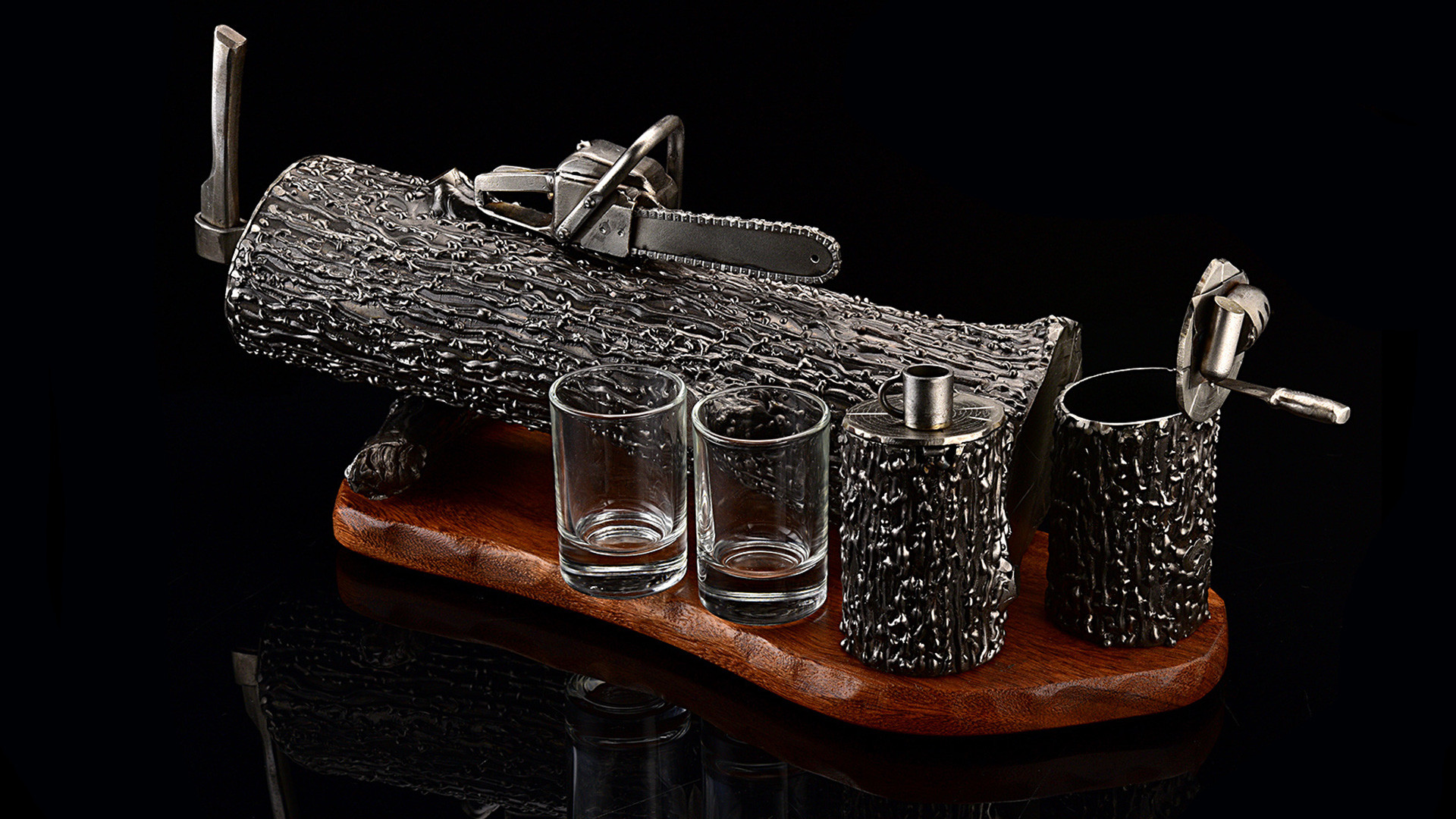
"Lamberjack's rest", a mini-bar made by Nik Faber studio
Sergey Gaydenkov / Nik Faber“I used to sell such trash while working in jewelry sales!” Nikolay Savinkov, the founder and the only full-time employee of the Nik Faber studio, recalls with a laugh. “Every item made of gold or other precious metal costs a lot, no matter how primitive it is. You can simply put a hole in a gold brick – wow, it’s already a treasure. It was pissing me off.”
One day, long after leaving his job in jewelry sales, Savinkov decided to shake things up and prove that real art depends on the mastery of the artist, not on the material. So he launched his own small enterprise, Nik Faber.
“My aim is to prove that art can be created not only with cheap materials, like black steel or crude
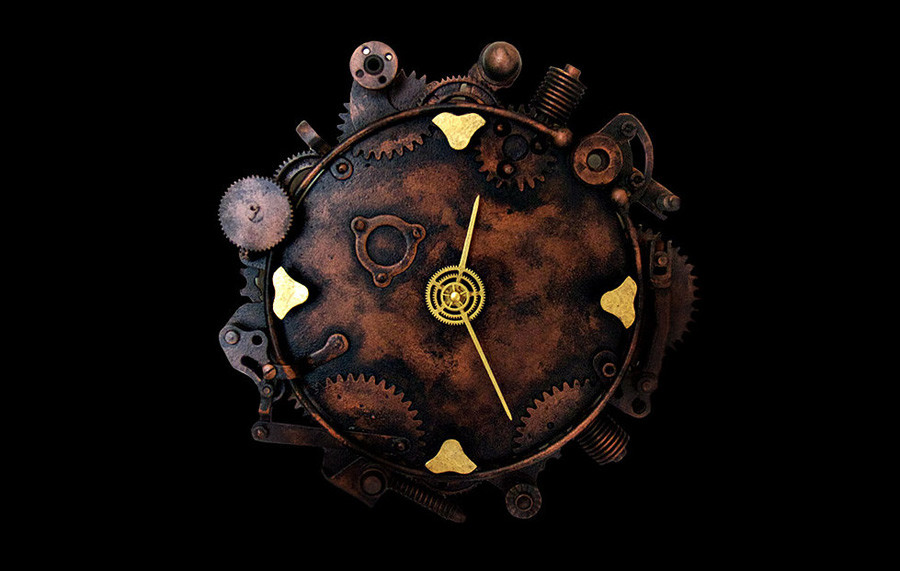
"Steampunk" clocks.
Sergey Gaydenkov / Nik Faber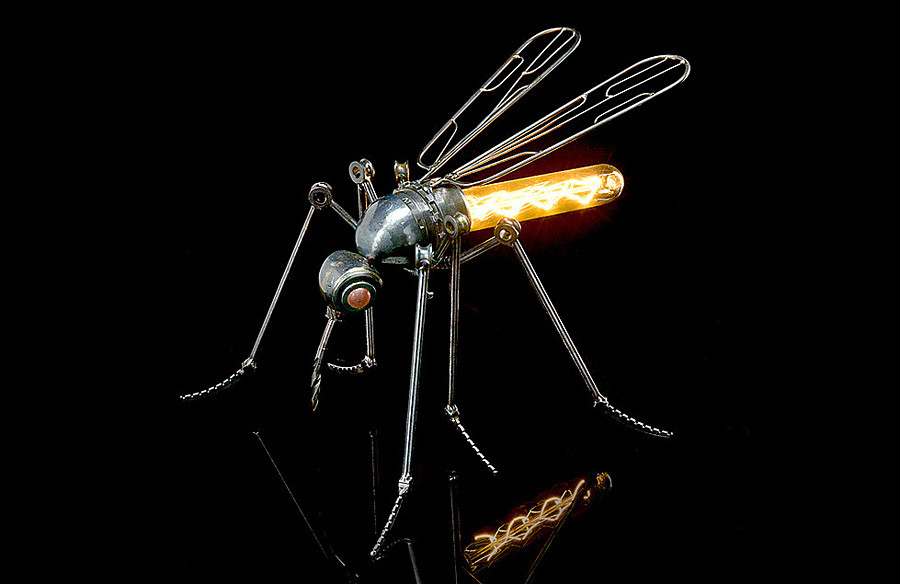
"Mosquito" lamp.
Sergey Gaydenkov / Nik FaberAt least his own mind is creative. Nik Faber’s works range widely: lamps in the form of giant insects, sword or pistol-shaped shoe horns, giant hookahs-lamps-clocks (yes, three in one). Not to mention corkscrews and glass-holders of all possible shapes and sizes – these are among the most popular orders.

"Pistol" shoehorn.
Sergey Gaydenkov / Nik FaberSavinkov’s approach is very individual as he doesn’t use molds or copying tools. “Even when I’m trying to make an exact replica of an item I made before, it will turn out unique,” he explains. “It’s manual labor, so the details will differ anyway.”
Making different items out of metal has been Savinkov’s main source of income for about seven years. He doesn’t always work alone, outsourcing to several people, including a constructor, a woodman and a logistics specialist. But they don’t work with him all the time: when Savinkov is in the workshop with metal, he is alone.
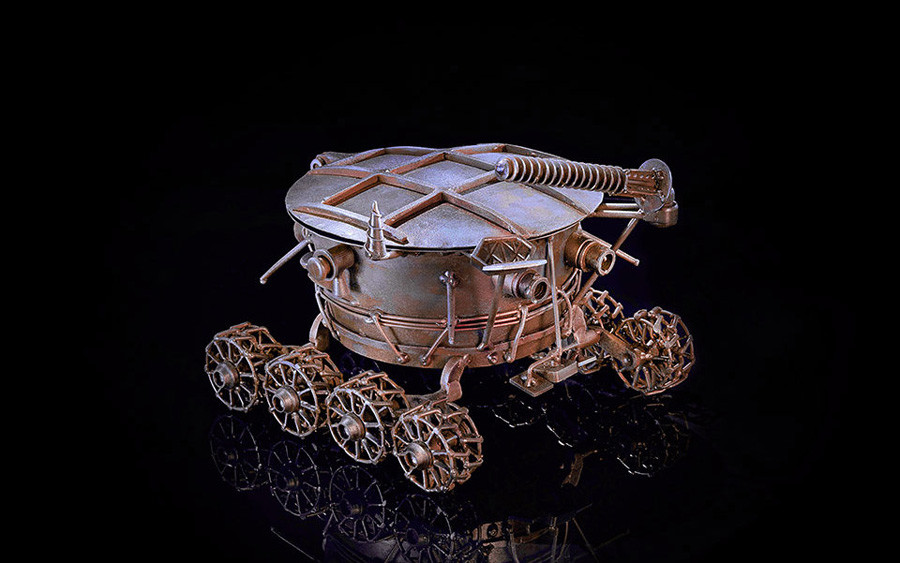
"Moon-rover" ashtray.
Sergey Gaydenkov / Nik FaberSometimes the job can be pretty rough. The artist recalls that one of the most difficult items in his career was an ashtray in the shape of a moon-rover: there were eight small wheels each consisting of three discs, with ten tiny spokes in each. “I had to weld 0.8 mm wires, lots of small dots. A slip of the hand or a bit too much heat, and everything would have melted.” Nor was creating a lamp in the shape of Snork’s head (a fictional creature from the S.T.A.L.K.E.R. universe) a piece of cake, but it turned out well.
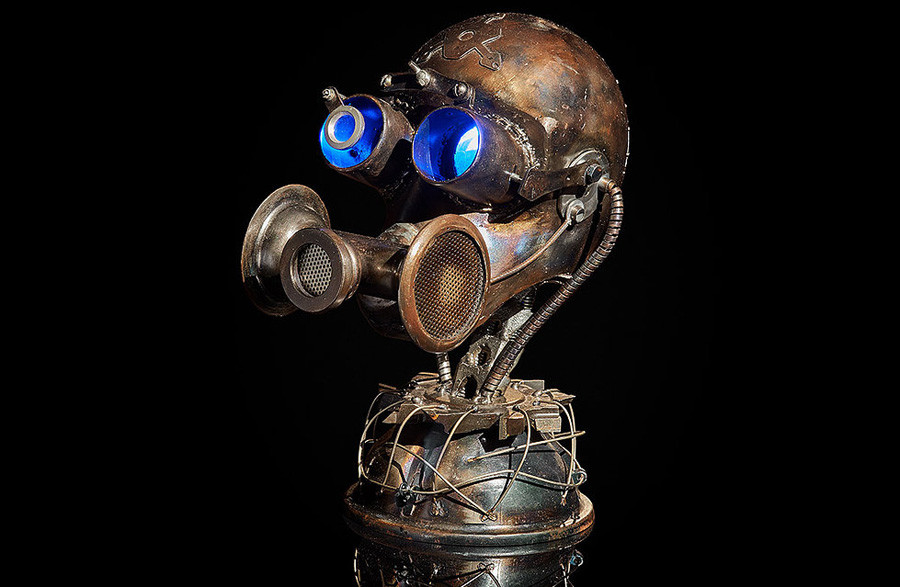
"Snork's head" lamp.
Sergey Gaydenkov / Nik FaberSavinkov works in different styles (loft, techno art), but most of his creations recall good old steampunk. That’s no coincidence – the artist respects this style for its combination of heaviness and elegance.
“We live in
As Nik Faber’s work is unique, people have to pay a reasonable price for it, Savinkov supposes. Pricewise, his items basically range from 3,000 to 15,000 rubles ($50 to $253). Some can be more expensive, but it’s difficult to sell them, especially through shops which tend to double or triple the price.
“I’d be happy to expand production,” Savinkov says, but the economic situation is dire and demand in the premium segment is sluggish. So far, the artist keeps on working alone. He compares it to cutting stone: a bit too much force and the whole work is ruined. Any way out? Always stay focused.
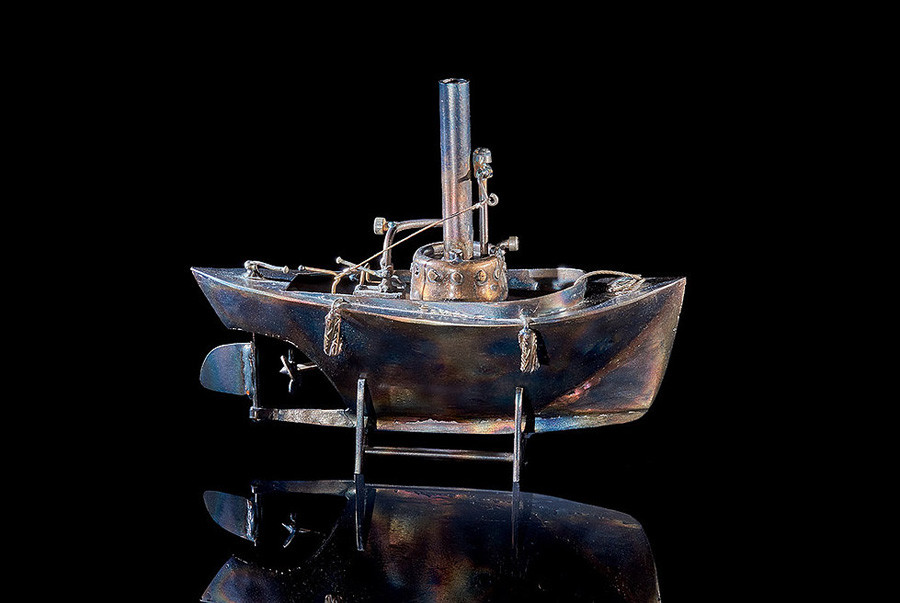
Steam-boat by Nik Faber.
Sergey Gaydenkov / Nik FaberIf using any of Russia Beyond's content, partly or in full, always provide an active hyperlink to the original material.
Subscribe
to our newsletter!
Get the week's best stories straight to your inbox